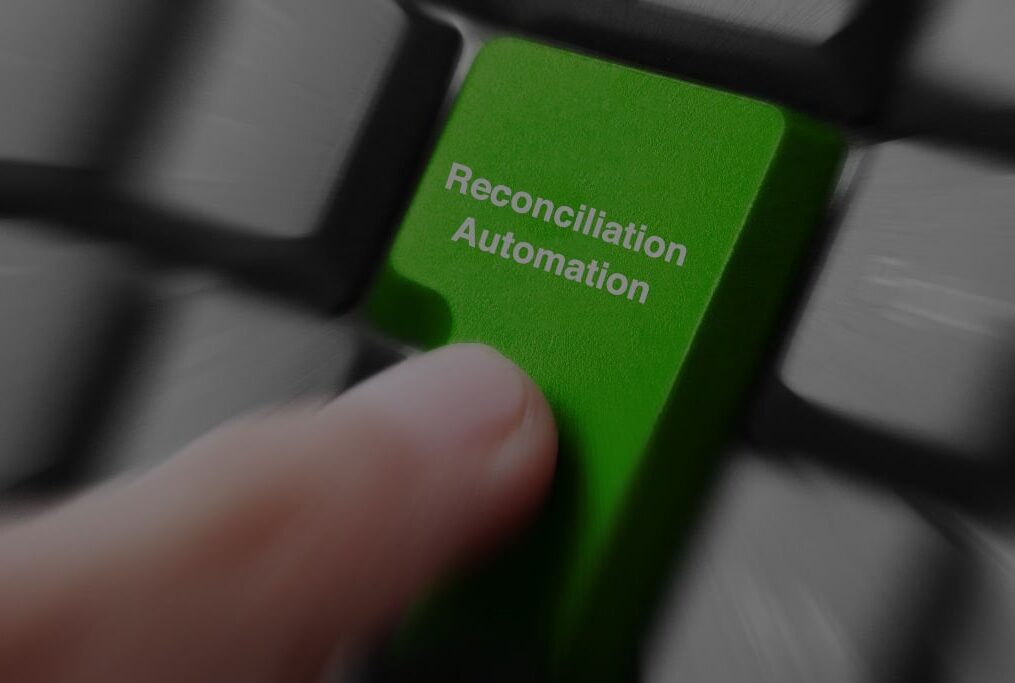Three Secrets to Reach the Biggest Impact in an RPA Implementation.
RPA (Robotic Process Automation) technology is in a privileged position. Thanks to its current maturity and non-invasive nature, it’s become the preferred tool to automate repetitive tasks within a wide variety of industries. It’s easy to identify its Return on Investment (ROI), and its evident benefits have made more and more companies decide to invest in RPA-related projects.
According to the consultancy firm Forrester Research, task automation is a market that in 2019 represented a value of $5.8 billion USD in services, and this value is expected to grow to $12 billion by 2023. Organizations made these investments through expert consulting services that help them adopt and evolve their automations, so the investment in software transforms into tangible benefits. And the interesting thing is that these companies have gradually become global companies, probably because of how easily RPA solutions are incorporated into their processes, meaning the most varied businesses seek to implement it. As an example, Conciliac has success stories throughout Latin America, the United States, Canada, Europe, South Africa and India, just to name a few.
Of course, along the way, formulas and methods have been found that not only facilitate implementation, but also contribute to a better and greater impact of RPA in organizations. Craig Le Clair, Vice President and Principal Analyst at Forrester, shares three strategies based on his experience in RPA projects:
- The Rule of 5.
Le Clair established this rule a couple of years ago, looking for a clear differentiator between what can be resolved through RPA compared to other solutions such as Business Process Management, Business Rules Engines, or Case Management. Le Clair sought to summarize what kind of processes are suitable for RPA in a clear and simple way, and thus created the rule of 5. To succeed in an RPA implementation, the process that will be automated must:
- Make less than 5 decisions
- Access less than 5 applications
- Make less than 5 hundred clicks
Le Clair explains that, at least in its initial stages, it’s convenient to keep the decisions to a minimum; this goes for the number of applications that need to have access as well. This way, it will be easier to stabilize the robot’s function and to manage the changes in automation. On the other hand, limiting a task to 500 clicks will keep it short – even with a large volume, it can be monitored by analysts. A typical task of 500 clicks, 5 decisions, and 5 applications could be an accounting analyst dedicated to accounts receivable that reconciles this account, a task that takes him 18 minutes each. The power of this automation is that it’s a task that has to be done 1,100 times a month. And not just by one individual, but by 30 more. So, it makes sense to build a robot for this task, and it will be a fast and easy automation to monitor.
- Start in departments with high impact
But where can we find more tasks that follow with this rule of 5? In the department of financing and accounting. Le Clair points out that the highest-impact tasks to implement RPA are Closing, Consolidating, and Reporting: mainly reconciliations, consolidations, monthly/quarterly closes, and consolidation of the General Ledger, as well as the processes of acquisition settlements.
The tasks that generate a medium impact when automated through RPA include tax planning, performance reporting, by entity, billing, and purchasing orders.
Finally, among the tasks of low impact are income reports, regulatory reports, taxes in general, and the collection procedure.
Forrester Consulting has found that organizations have concentrated their efforts to automate 35% of their business (finance, operations and sales), while automating IT tasks represents an additional 35%, which shows that companies have maintained a stable vision of where to put their efforts to boost the value of RPA.
- Keep a constant flow of projects and results.
Finally, Le Clair points out that the last few studies by Forrester found that half of respondents reported fewer than 10 robots in production. How can we take advantage of this new robotic digital workforce in the best way? Le Clair suggests organizing the company to maintain a constant flow of projects for automation and improvement that are connected to each other like a pipeline in such a way that the internal team can constantly evaluate the results and new ideas and projects for automation. This is critical to reach scalability when using RPA.
Author: Concilia Team
Reference:
Craig Le Clair: “Survey Report by Forrester: Evolution of The Enterprise Workforce in The Age of Automation”, December 2019, Institute for Robotic Process Automation & Artificial Intelligence
https://irpaai.com/survey-report-by-forrester-evolution-of-the-enterprise-workforce-in-the-age-of-automation/
